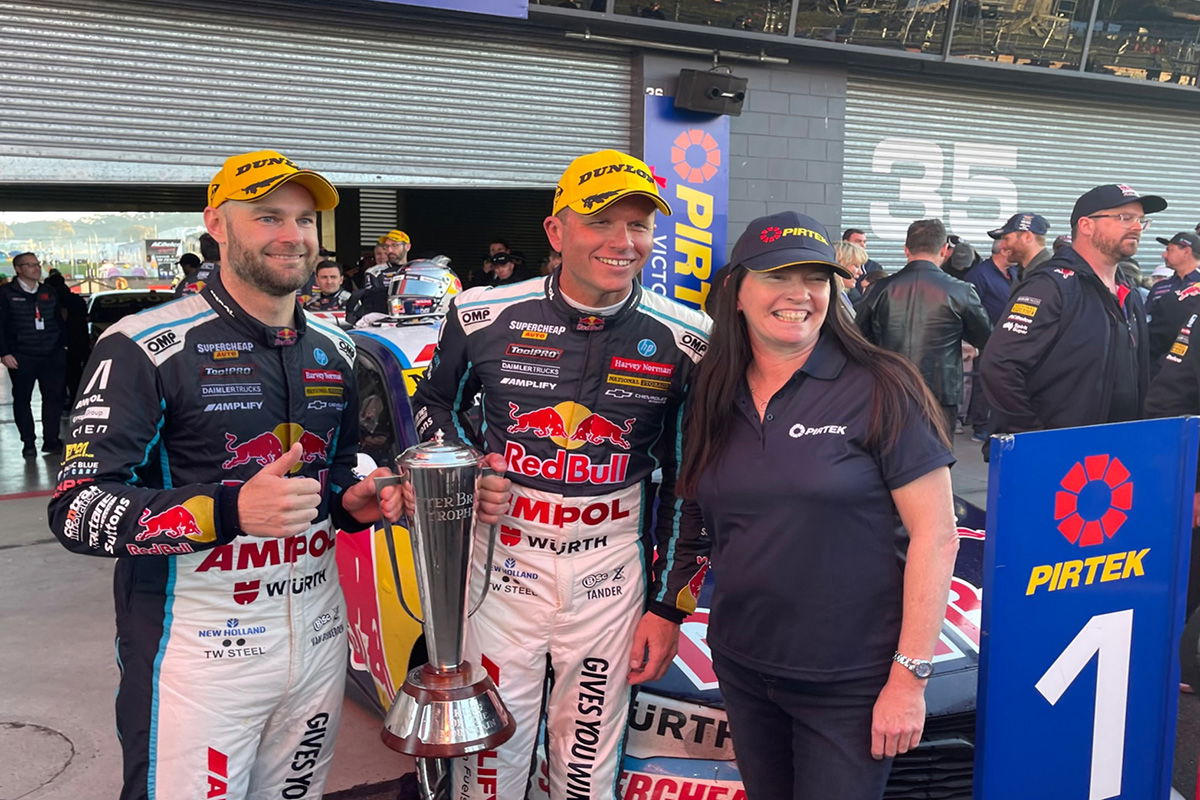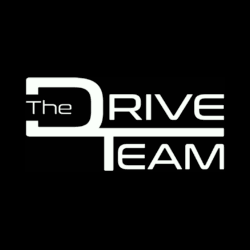

Ultimate Motorsport Prize raffle winner Julie Humphries has returned from her Repco Bathurst 1000 trip and described it as “an unforgettable, lifetime experience”.
Humphries was the winner of the annual raffle which raised more than $28,000 for The Peter Duncan Neurosciences Unit at St Vincent’s Hospital.
The raffle was driven by Pirtek and made possible through the generous contributions of Supercars, Shell V-Power Racing Team, the National Motor Racing Museum, Motorsport Australia and Speedcafe.com.
Humphries, a motorsport fan and car enthusiast, had never been to the Bathurst 1000 before and attended the event with her partner Greg Scalia, who has been a co-driver for Humphries in several Targa events.
Humphries and Scalia, both from Brisbane, are known internationally for their work in the field of cardiology.
As part of the prize Humphries and Scalia took a helicopter ride over the circuit, had a meet and greet in the Shell V-Power Racing Team garage, a personal tour of the TV operations with Neil Crompton, visited the race podium and enjoyed an after-hours VIP tour of the National Motor Racing Museum with curator, Brad Owen.
The pair also enjoyed three days of corporate hospitality, Pirtek merchandise, visited Race Control during the event, and had an escorted tour of the top of Mount Panorama and a lap of the track – appropriately in the event medical car.
If that was not enough, Humphries got to wave the green flag to start the Bathurst 1000 and then personally meet race winners Shane van Gisbergen and Garth Tander in Pirtek Victory Lane.
“It is difficult to describe what a wonderful experience we have had,” said Humphries.
“Everyone involved went out of their way to make us feel welcome and really make this the ‘ultimate race experience’.
“I bought tickets just to support St Vincent’s and never in my wildest dreams did I consider that I would be the raffle winner.
“The tour of the TV compound with Neil Crompton and having the opportunity to visit Race Control during the event really provided us with an idea of how complex the entire event really is.
“I think every element of this prize could have been worthy of being the prize itself, but the experience started on Thursday and just kept getting better and better.
“We have to thank Pirtek for their wonderful hospitality and all the other supporters who put up the elements to provide us with the unforgettable experience of a lifetime.
“I could not encourage anyone more, race fans or not, to support next year’s raffle and have the chance of winning the incredible four days we have just enjoyed.”
Pirtek CEO, Stephen Dutton, said the second-annual ultimate motorsport raffle was a wonderful success.
“Pirtek was delighted to host Julie and Greg at Mount Panorama and see them have such an unforgettable time,” said Dutton.
“The raffle has gained terrific momentum in just a couple of years and we are delighted that a cheque of more than $28,000 will go to the Peter Duncan Neurosciences Unit at St Vincents, which we have supported for many years now.
“We know the money will be used effectively in their ongoing research.
“It was quite a coincidence that a doctor won the major prize and that she not only has an interest in the sport but is also a competitor.
“We are already planning next year’s raffle and cannot thank Shell V-Power Racing Team, Motorsport Australia, the National Motor Racing Museum, Supercars, and Speedcafe.com for their tremendous support of the cause.”
The Peter Duncan Neurosciences Unit at St Vincent’s Hospital Sydney was established in 2012 and was made possible by Mr Peter Duncan AM Executive Chairman of Pirtek.
The focus has been turning Neurosciences research into treatments for patients suffering chronic neurological neurodegenerative diseases such as dementia, Alzheimer’s, MS and Parkinson’s disease.
Funds raised from the Raffle will support a senior postdoctoral neurosciences research fellow within the Peter Duncan Neurosciences Research Unit.
The new researcher will study adult neuro stem cells and consider ways to improve their regenerative capacity in order to develop new treatments for brain injury common in high-impact sports, and degenerative diseases including dementia and Alzheimer’s disease.





















Discussion about this post